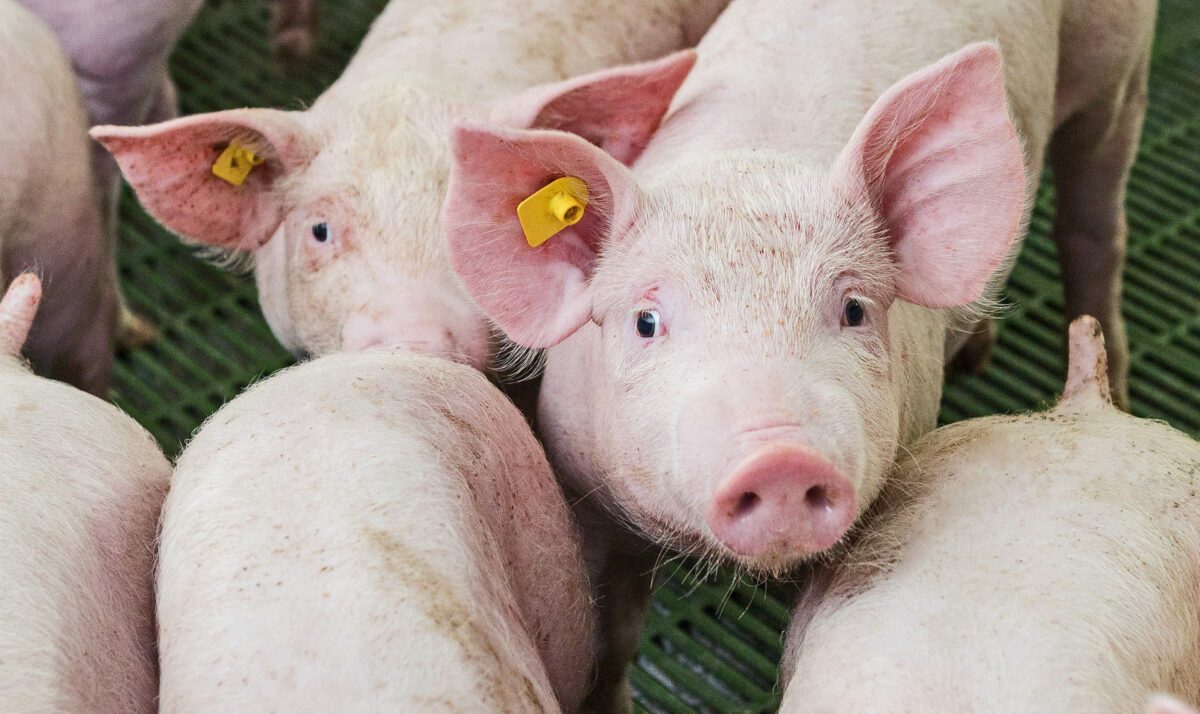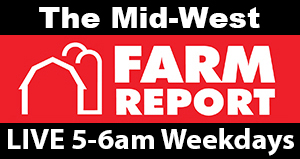
The following market update was prepared and written by Jeff Swenson, the DATCP livestock and meat specialist. The report draws information from several sources, including trade publications, radio broadcasts, agricultural news services, individuals involved in the industry as well as USDA NASS and AMS reports.
We would view the recent rally in fed cattle prices as the seasonal peak in a typical year. Cash fed cattle prices reached an all-time record high on April 17 but have backed off since then. May, in general, sees prices move from the spring high to lower summer prices. Feedlot placements indicate supplies will tighten this summer and non-fed and cow harvest will continue to decrease. These factors could help prices buck against usual seasonal trends this year. The warmer weather forecasted for the eastern half of the U.S. will bring out more grills and gauge early summer beef demand. Harvest last week was estimated to be 620,000, making it 2,000 head lower than the previous week and 27,000 below the same week last year. The Choice beef cutout value took out the $308 level last week, and although showing some weakness, this week is still above that price. The next level of resistance will be $322. Global beef production is expected to grow slightly this year, even with the expected decline in U.S. production. While the U.S. is still the leading beef-producing nation, number two Brazil and number three China are seeing continued growth.
Pork producers have lost money and watched equity erode for months. The long-term projection for hog and pork prices remains unclear. There are some areas to watch that will impact future prices. It is not surprising that rumors of contraction within the sector began to be reported this week. If some of the nation’s pork producers begin downsizing their breeding herds, the effects of fewer market hogs will begin being felt in the fourth quarter of this year. More sows will likely be coming to market, but this won’t show up in the next quarterly Hogs and Pigs report. The September report will give a better glimpse of where the breeding herd is headed. Pork production in China will decline if the news of widespread African Swine Fever there is true. Herd liquidation and early marketing of butcher hogs in China has been in the news. Dennis Smith of Archer Financial Services wrote in a National Hog Farmer Magazine article that U.S. pork now is the lowest-priced in the world. Smith wrote “the current bleak situation facing U.S. hog producers may change by the fourth quarter. In fact, if I’m correct about end users stepping up their bookings of cheap pork, it may start changing much sooner than the fourth quarter.” The pork carcass cutout value averaged $79.12 last week. While that is up 65 cents on the week, it is still $26 lower than this time last year. Last week’s estimated harvest of 2.387 million hogs was 67,000 head lower than the previous week and up 20,000 on the year. There have been two consecutive weeks of encouraging pork export sales. Analysts are hesitant to call the strong showing a trend but are optimistic for continued strong shipments.
Market lambs were lower last week with light lambs showing the largest weakness. The recent USDA Cold Storage report shows lamb in freezers well below the five-year average. While lamb in storage on March 1 was 6% higher than a year ago, it was 14% lower than the previous month. The lamb carcass cutout value lost $5.81 last week. The estimated weekly harvest of 34,000 was 5,000 head less than both the previous week and the same week last year.
High-yielding, high-grading cattle were mostly $1 lower this week bringing $139 to $172/cwt. Groups of high Choice and Prime steers and heifers brought up to $180/cwt. The Holstein steer market was mostly lower, ranging from $114 to $143/cwt with the top end bringing $143 to $150. Silage fed, under finished, or heavy dairy breed steers brought $74 to $114/cwt. Dairy x Beef steers were bringing $112 to $165/cwt. Cows were steady mixed. A bulk of the cows brought $65 to $95/cwt with some selling higher. Doubtful health and thin cows were bringing $65/cwt and down. Dairy breed bull calves were mostly lower, bringing $100 to $250/cwt with some heavier, well cared for calves selling to $320. Beef and Beef Cross calves were selling to $550/cwt with a few higher. Market lambs were lower at $140 to $162/cwt. Light lambs sold to $210/cwt. with a few packages higher.

Leave a Reply